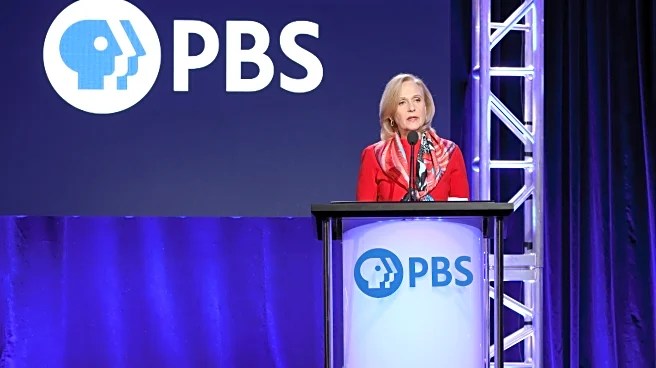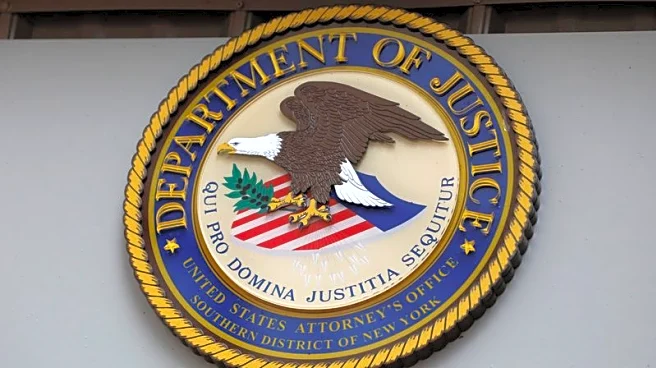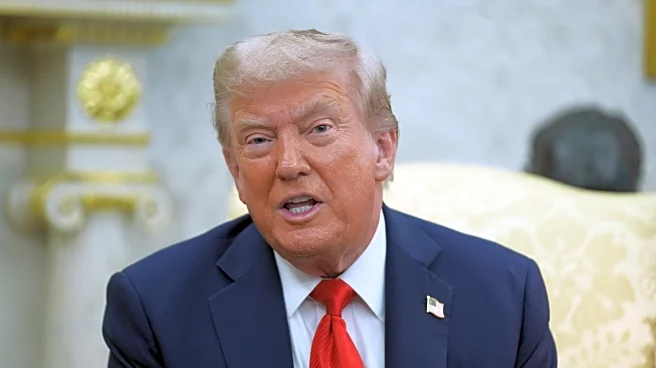What is the story about?
What's Happening?
In 2025, Congress decided to eliminate $1.1 billion in federal funding for the Corporation for Public Broadcasting (CPB), which supports National Public Radio (NPR) and the Public Broadcasting Service (PBS). This decision was framed as a move against taxpayer subsidies for what was perceived as biased media. The funding cuts have led to immediate operational challenges, including a 15% reduction in staff at PBS and budget cuts ranging from 6% to 25% for local stations in states like California. These cuts have raised concerns about the long-term sustainability of public media infrastructure and the viability of alternative financing models. Public media infrastructure is crucial for emergency communication systems, and delayed federal reimbursements for infrastructure upgrades have left stations hesitant to invest in modernization, risking outdated equipment during natural disasters.
Why It's Important?
The funding cuts have significant implications for the U.S. public media landscape, affecting its ability to fulfill its democratic mandate in an increasingly polarized information environment. The shift away from federal support forces public media to explore alternative financing models, such as corporate underwriting and philanthropy, which may compromise editorial independence. This situation presents both risks and opportunities for investors. On one hand, the erosion of federal support exposes the fragility of public media, particularly in rural areas where alternatives are scarce. On the other hand, the pivot to alternative financing models creates openings for strategic partnerships and investments in digital infrastructure and audience-driven platforms.
What's Next?
Public media leaders are experimenting with innovative funding strategies, such as grassroots initiatives like 'Adopt a Station' and high-stakes fundraising campaigns targeting major donors and foundations. These efforts reflect a broader trend toward decentralized, nonprofit models, though their scalability remains untested. Investor opportunities are emerging in this space, with potential partnerships with private foundations or public-private ventures aligning with public media's educational missions while ensuring financial stability. The rise of digital platforms also presents a double-edged sword, offering potential for technological innovation but threatening traditional media's relevance.
Beyond the Headlines
The long-term success of public media will hinge on its ability to balance independence with financial pragmatism. The future of public broadcasting is not just about saving stations but reimagining their role in a fragmented media ecosystem. As public media navigates this transition, its ability to adapt will determine not only its survival but its capacity to fulfill its democratic mandate.
AI Generated Content
Do you find this article useful?
















